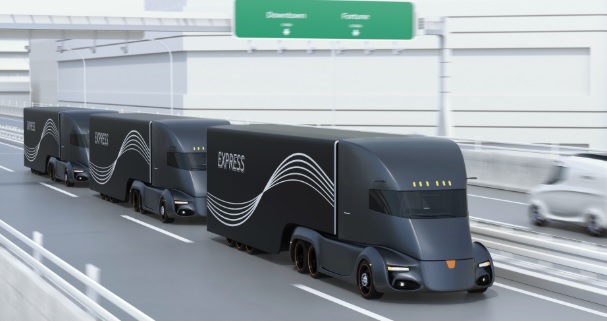New automated vehicle technology will help freight truck companies transport consumer goods in a more fuel-efficient way, reducing transportation costs and emissions and boosting highway safety thanks to always-on automatic emergency braking. But these gains can only happen if states update old laws against following too closely, according to a new report from the Competitive Enterprise Institute (CEI).

"Exempting platooning vehicles from tailgating laws is a no-brainer, and that’s why nearly two dozen states already made reforms over the last four years that permit commercial platooning deployments. The votes in favor of these laws were bipartisan and many were unanimous. The economic, safety, and environmental benefits of platooning should prompt other states to update their laws," said Marc Scribner, CEI senior fellow and author of Authorizing Automated Vehicle Platooning: A Guide for State Legislators, 2019 Edition.
So far, 20 states have taken some action to allow for new truck platooning technology, but another 36 states lag behind.
Automated platooning driver assistance technology coupled with automatic emergency braking allows trucks to safely travel closer together at highway speeds, thereby reducing aerodynamic drag. Reduced drag means reduced fuel consumption and tailpipe emissions. The necessary automatic emergency braking coupled with platooning technology will enhance road safety even when the platooning-enabled trucks operate independently outside of platoons.
The CEI report is a nationwide inventory of state "following too closely" rules that offers specific, state-by-state fixes to amend statutes in a way that exempts speed-coordinated vehicle platooning from those laws.




